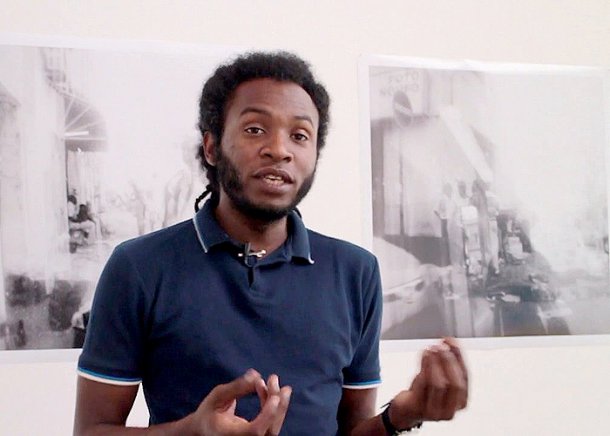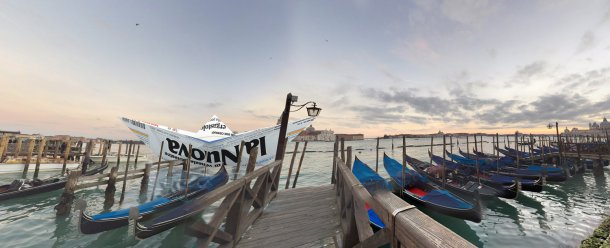“Art isn’t just made by white people in Europe with great patrons. Sorry,” afirmou Okwui Enwezor
Publicado20 Mai 2015

Okwui Enwezor. PHOTO: ACTION PRESS/ZUMA PRESS
O nigeriano Okwui Enwezor, o primeiro africano à frente da Bienal de Veneza, em entrevista ao The Wall Street Journal, explica as suas opções para a 56ª edição, sob o mote “All the World’s Futures".
Mr. Enwezor titled this year’s exhibition “All the World’s Futures,” reflecting his interest in a wide range of media—from a nonstop reading of all three volumes of Karl Marx’s “Das Kapital” by a group of actors to a copper dome that Congolese artist Sammy Baloji built to criticize Belgium’s exploitation of Congolese copper mines.
With a budget of roughly $15 million supported by private funding, Mr. Enwezor has also created a section called Arena, designed to showcase performance works dealing with difficult themes that he hopes will make their way into mainstream art. “I have the freedom to make proposals that might ultimately fail on a commercial level,” he says.
One such initiative is the Invisible Borders Trans-African Project. These little-known African artists have road-tripped together across Africa since 2009, making the type of cultural exchanges taken for granted at U.S. and European art schools.
O texto completo em New Venice Biennale Chief Beckons Artists on the Margins


